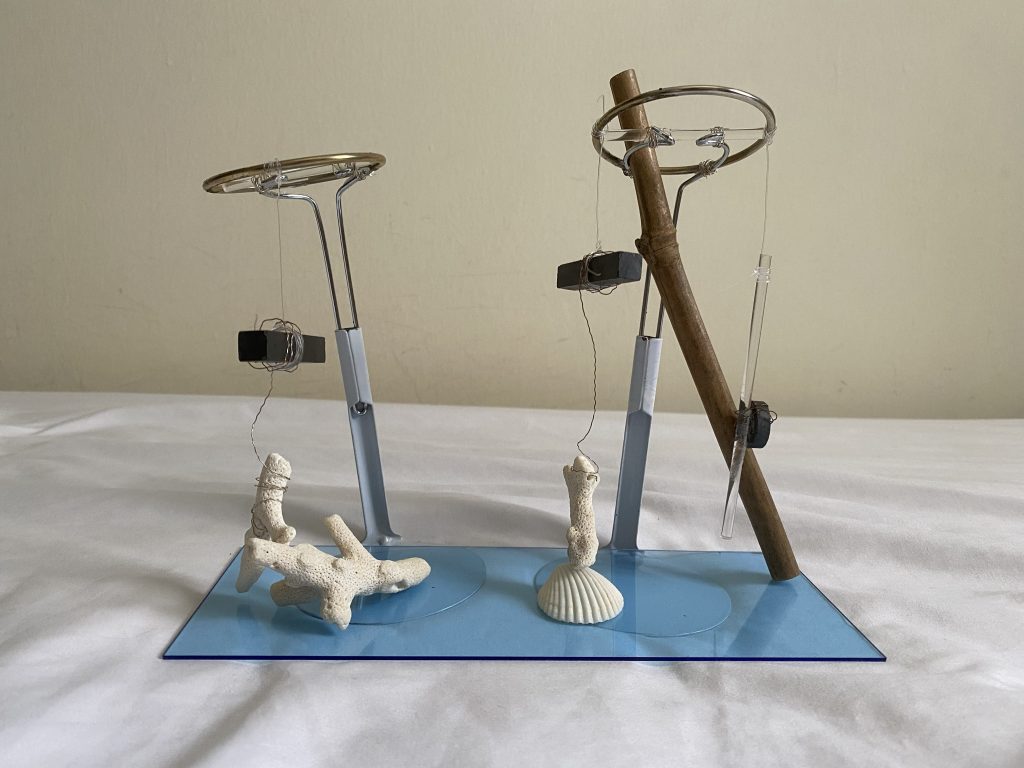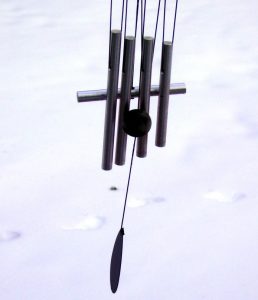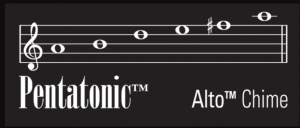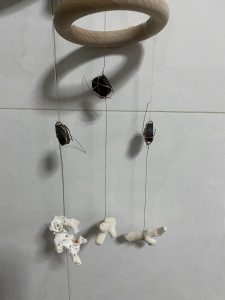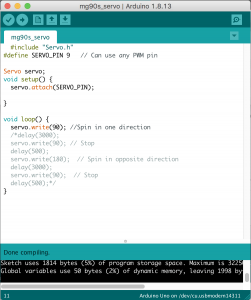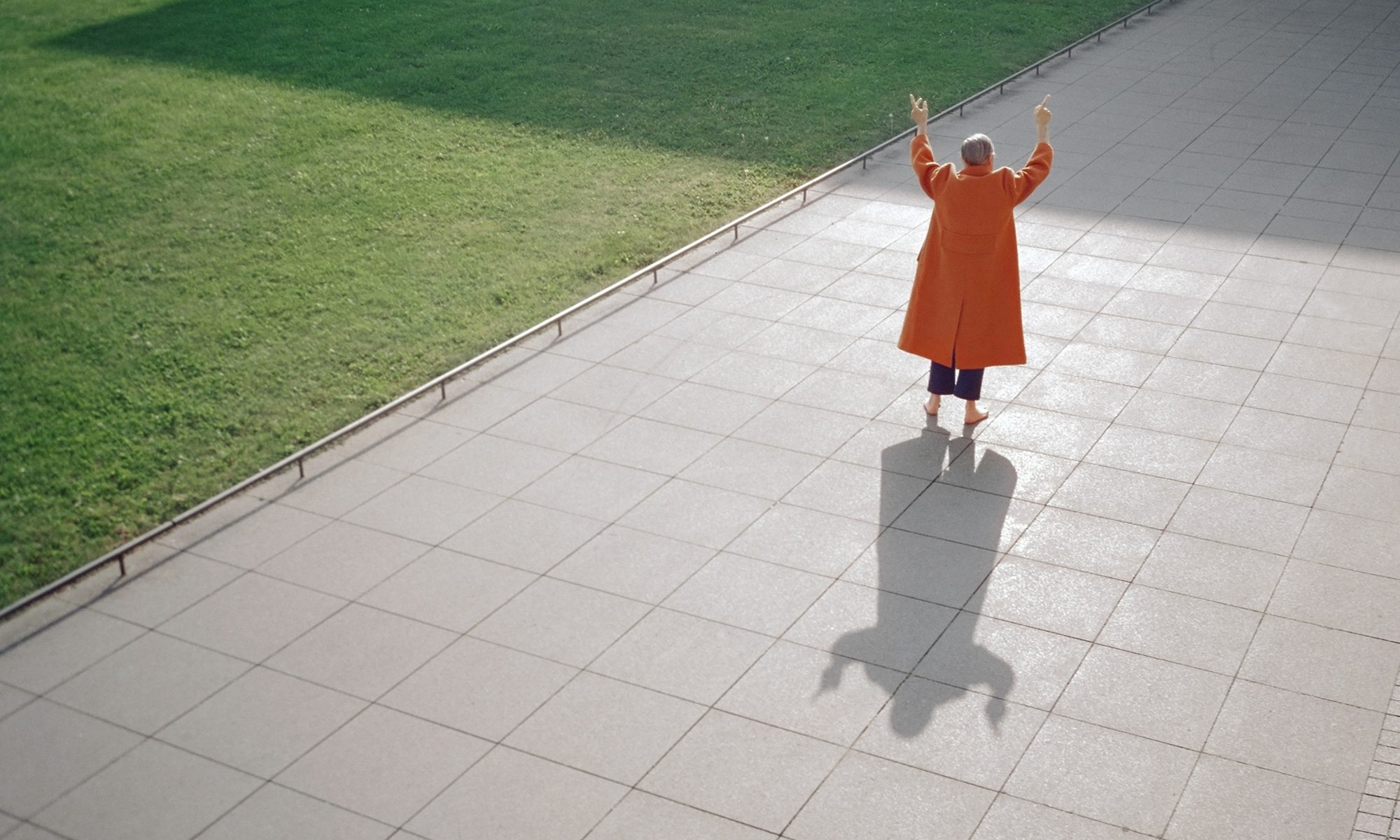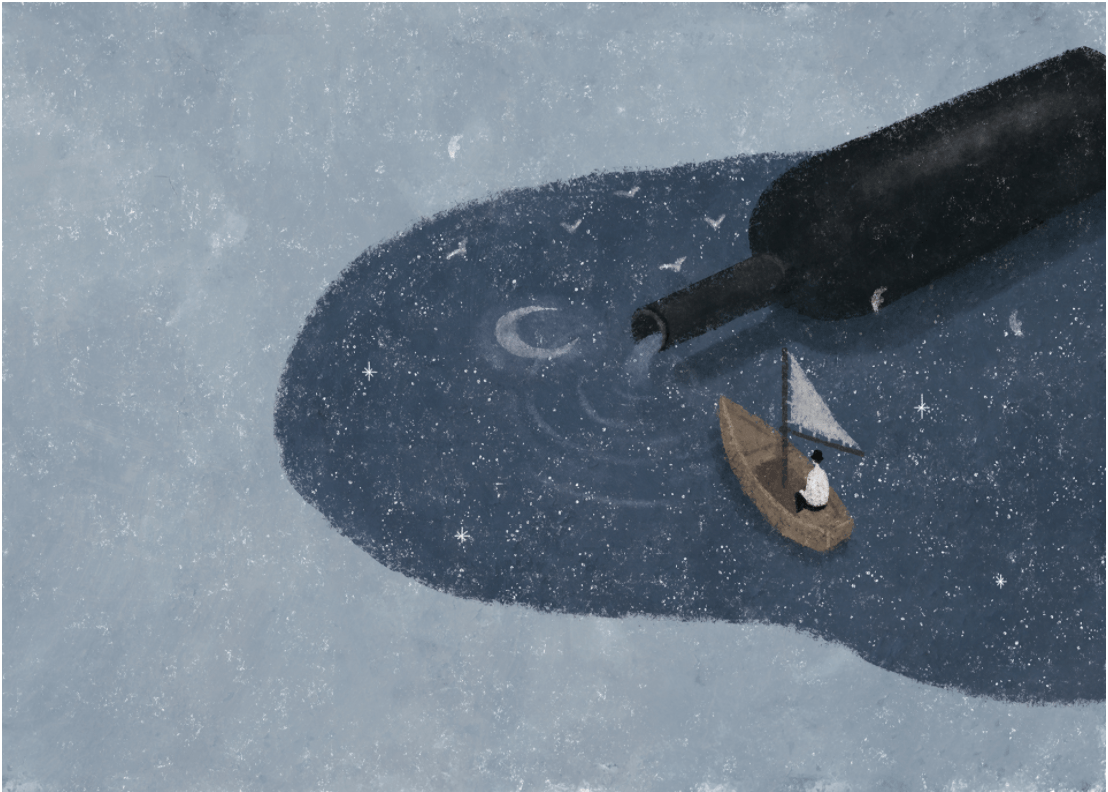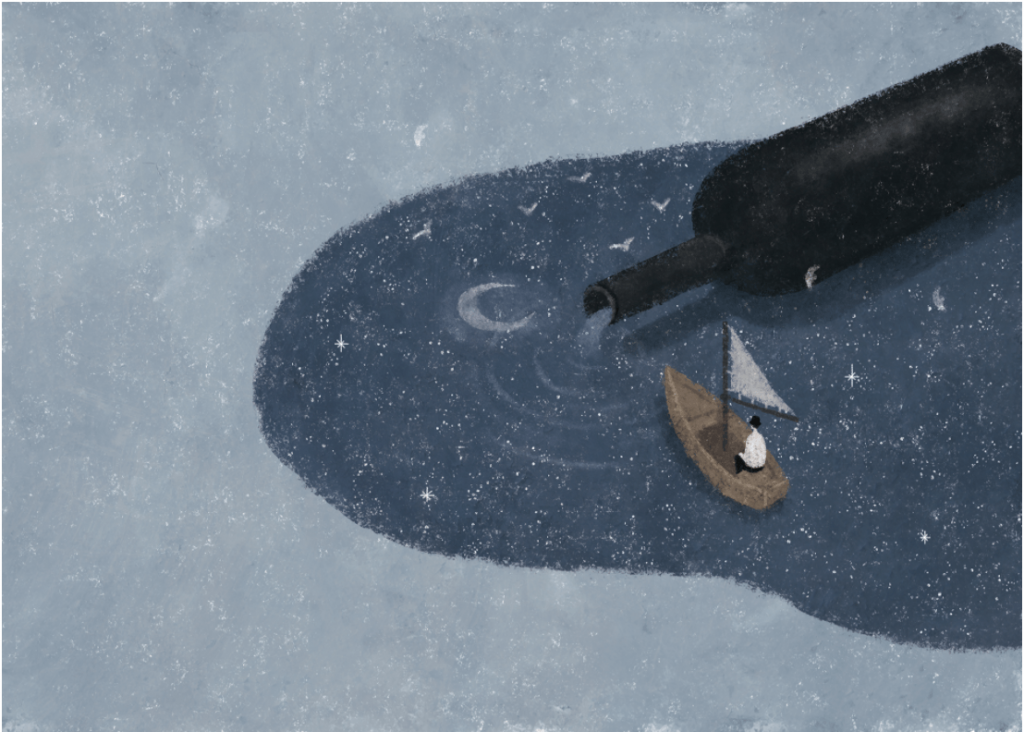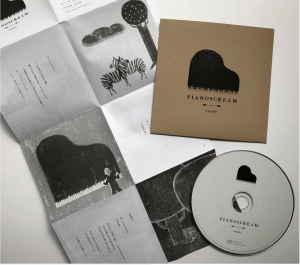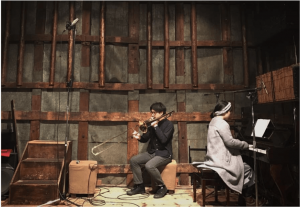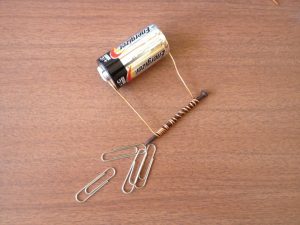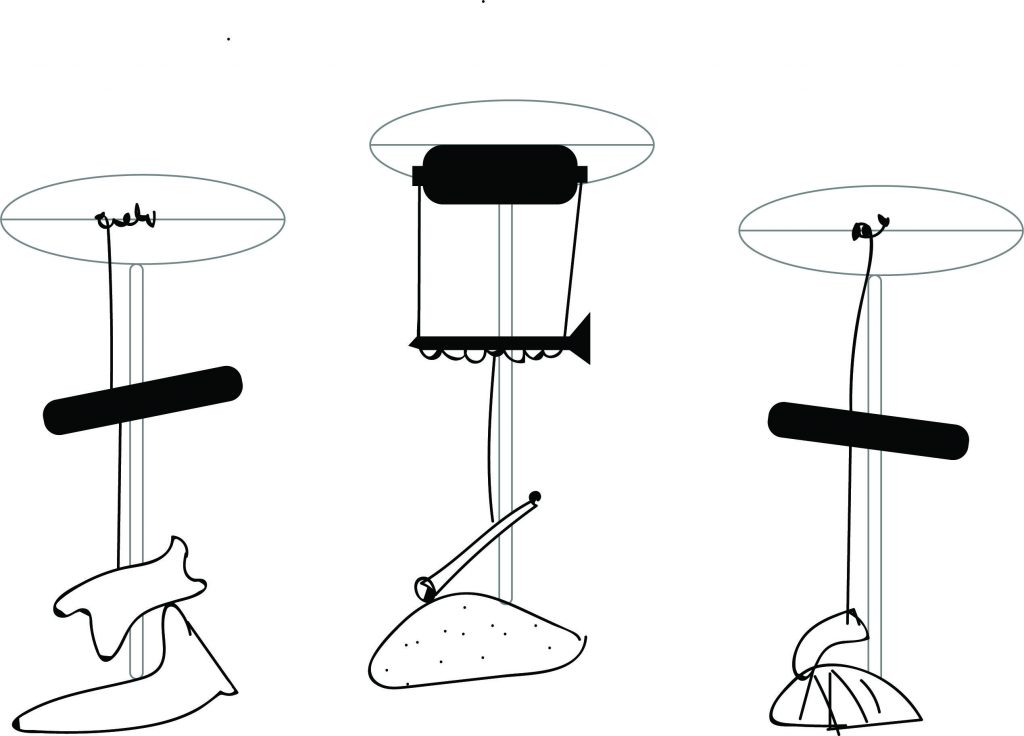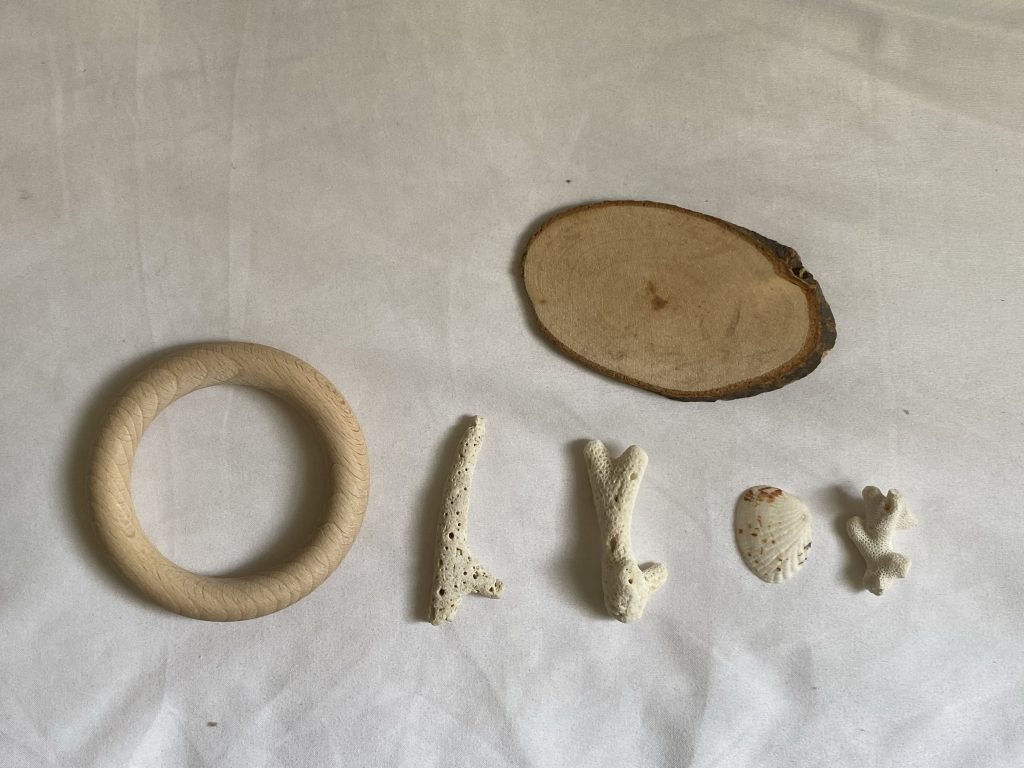This paper suggests that having a framework for analysing generative art is necessary, due to the broad sense of the term generative art that encompasses a large variety of works in terms of medium, subject matter, processes etc. Having a set framework to discuss and compare generative works provides consistency in how we assess them.
Cons of other frameworks
The study begins by studying existing frameworks that could be applied to analysing generative art works and discusses the shortcoming of these frameworks.
Stevens (1979), Volk (1995) and Ball (2001) analysed mainly on physical processes and natural patterns, of which most have served as an inspiration for generative art. They provide some basis for describing generative art, however according to the writers this method does not address conceptual or artificial processes. While the writers adopt a similar approach to this method, they address how conceptualisation is not always the most appropriate level of description in realising their aims to be inclusive of technical, practical and semantic elements of a work.
The approach adopted in his study might be applicable to generative art works when common forms can be identified. But should we wish to describe the processes themselves, the approach is not 1 A number of Thompson’s process descriptions published in the first edition turned out to be incorrect, highlighting the difficulty of the problem – albeit from a biological perspective – in Thompson’s time. 6 sufficiently tailored to art to be acute, nor is it sufficiently broad as to encompass all of the approaches an artist might adopt.
Galanter’s mapping does not facilitate discussion about any aspects of a work apart from order and complexity. This is insufficient when describing, analysing, comparing and critiquing works of art. The writers feel it is necessary to give equal attention to the forms of the processes themselves instead of purely focusing on the means by which the form is achieved.
Other methods of analysing generative works include emphasising on the importance of describing the processes employed to generate the artwork, as used by Nyman, Cardew and others. We too include this aspect of a generative work within our framework, but go further by suggesting specific details that better capture the nature of dynamic processes.
Programming paradigms are of assistance in understanding computational processes and algorithms. Their abstract level of description, focus on computational data, and functional relationships to that data, make them ill suited to understanding processes as meaningful artefacts in the context of the arts. Perhaps these approaches could be adopted to describe the technical elements of a work, but this seems to be the level at which their utility ends.
The writers have suggest four key elements that should be addressed when analysing generative art.
Entities: Entities are the subjects that the generative processes act upon. These may be real or conceptual, simulated, physical, chemical, biological or mechanical. Entities are constituents that are (conceptually) unitary and indivisible, and whose functional relationships are not typically expressed in terms of internal mechanisms. However, entities may exist in structured or hierarchical relationships with one another, leading to the creation of new composite entities.
Processes: The process can be discussed by describing the conditions or events that trigger the process to terminate, or articulating what allows the process to continue. Macro processes can be broken down into micro-events which can be identified and the relationship between these micro-events can be studied.
Environmental interaction: This component describes the flow of information between the generative processes and their operating environment. These interactions can be characterise according to their frequency (how often they occur), range (the range of possible interactions, or amount of information conveyed) and significance (the impact of the information acquired from the interaction on the generative system). This can also be extended to higher order interactions involving the artist. Generative practices are different in how the creator manipulates the outcome via the intermediate layer of the generative system. The outcomes of the system are constrained using the interactions, which the artist often set parameters based on ongoing observation and evaluation of the output.
Sensory outcomes: This refers to the experienced aspects of a generative art work. This may include artefacts (visual, sonic, musical, literary, sculptural, etc.), static or time-based forms.
Generative art and its difference from traditional art
Generative Art can be defined as art created through the means of autonomous systems, eg. natural language rules, algorithms, genetic sequences, machines, or procedural interventions. These generative processes produce a range of results, which rely largely on elements of chance and randomness. It perhaps shares most similarities with conceptual artists who may construct works based on formal rules and number systems.
The purpose of analysing art
Art analysing and art criticism is based on the pursuit of a rational basis for art appreciation. Art criticism is defined as “a form of literature which condenses or amplified, emphasizes or arranges or attempts to bring into harmony all the ideas that come to the mind when it is confronted by artistic phenomena”, by French poet & philosopher Paul Valéry. This means analyzing and criticism plays an important part in developing and deepening artworks while helping viewers perceive and interpret works of art.
The downside of laying down a rubric to perceive art may be that it promotes interpreting works only in one manner, thus limiting the way a viewer may experience and process generative works. The way a viewer can experience, interpret and perceive an artworks exists in myriads of possible ways, yet a framework seems to standardise and limit this possibility. Should the purpose of analysing and criticing art be to deepen and enhance artworks, a framework could also limit the potential of an artwork. While the framework provided is tailored for generative works and facilitates a deeper analysis, it is also difficult to use this framework to compare generative art to other types of art, resulting in an isolated perception of generative art.
Art could serve as a means to open our sensory experiences, and trigger the imagination and broaden our perspective. However, suggesting a framework could limit this experience and restrict the way a viewer perceive and interpret an artwork.

